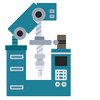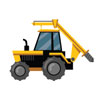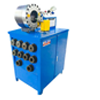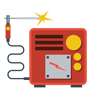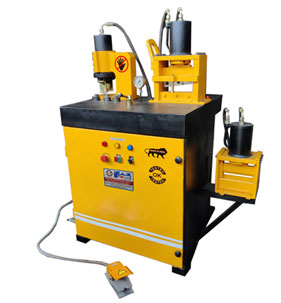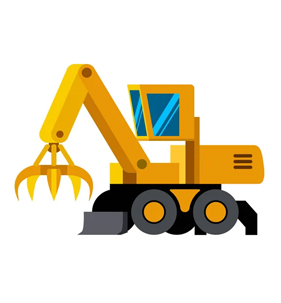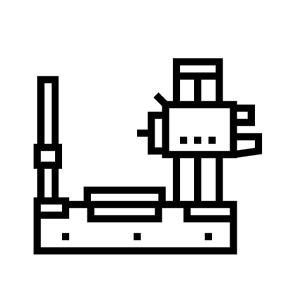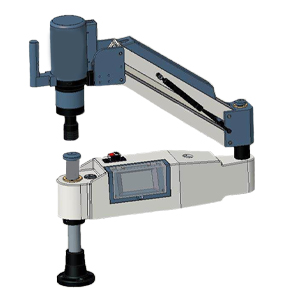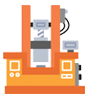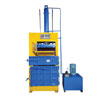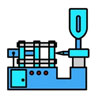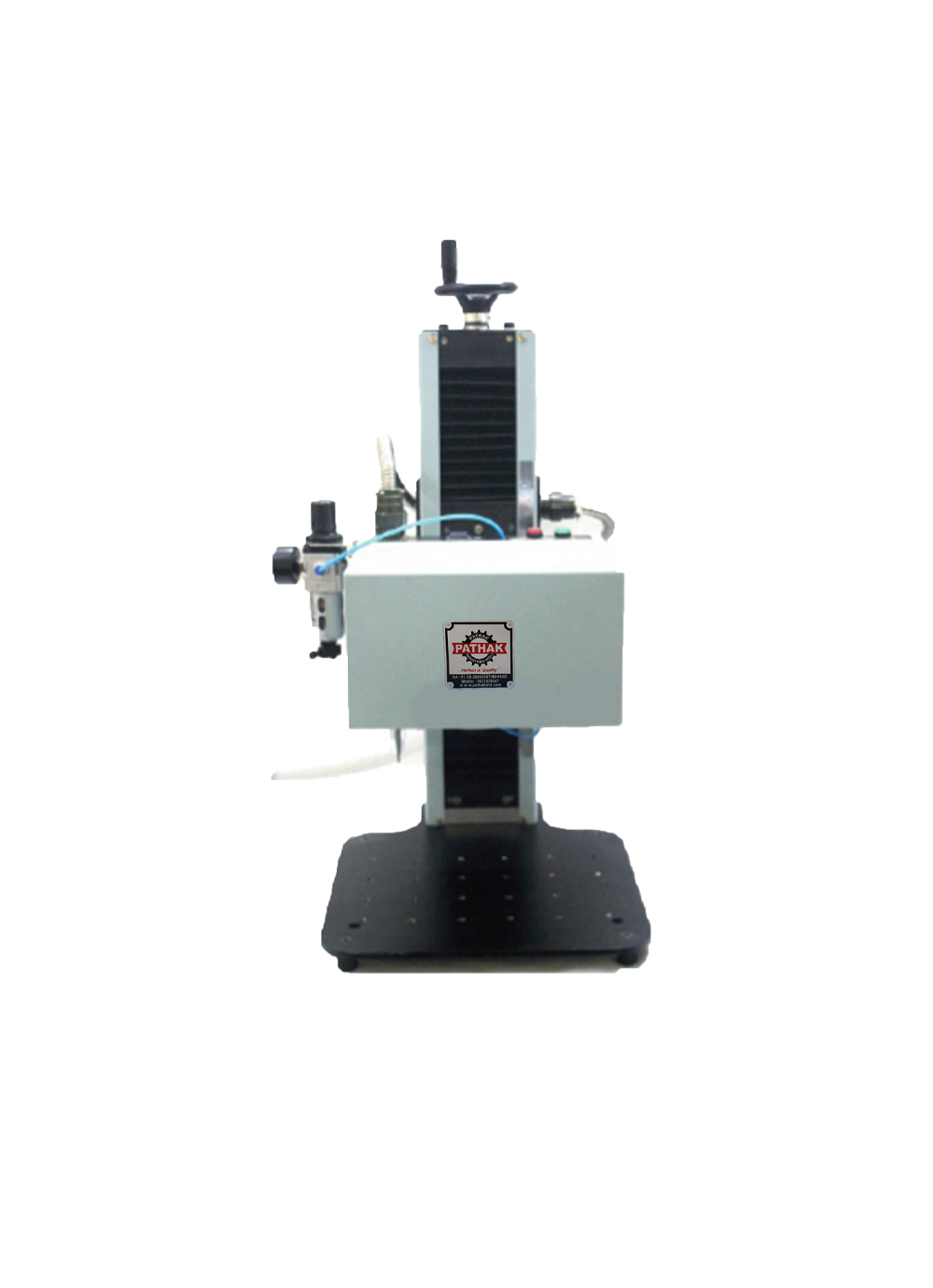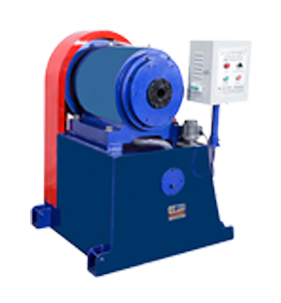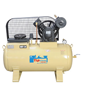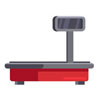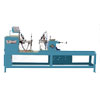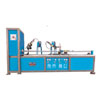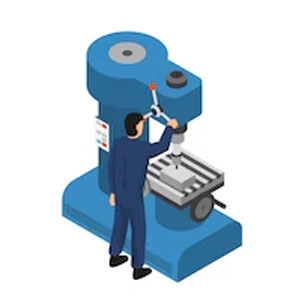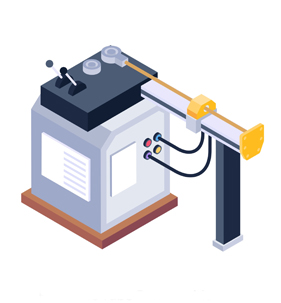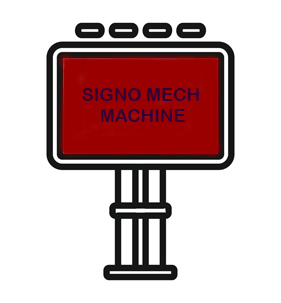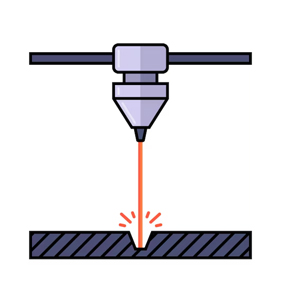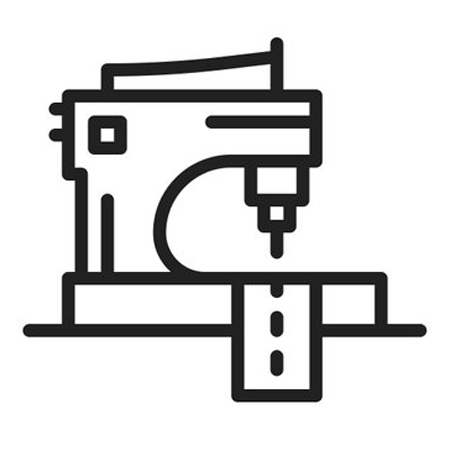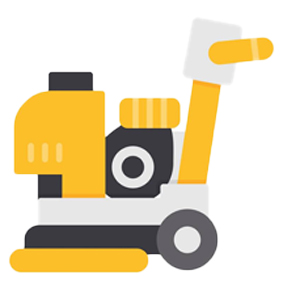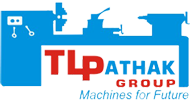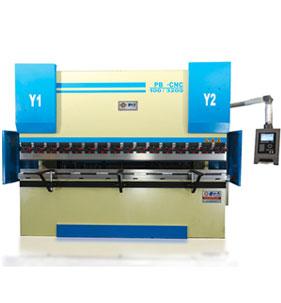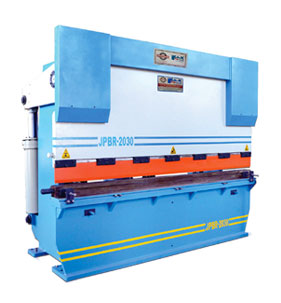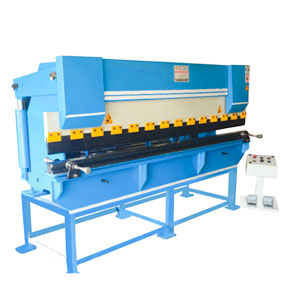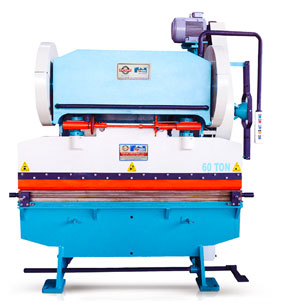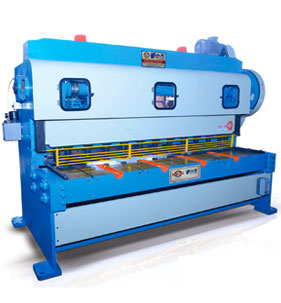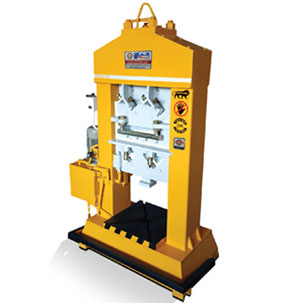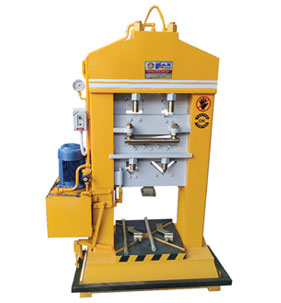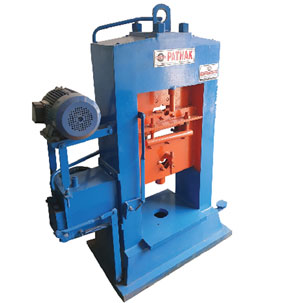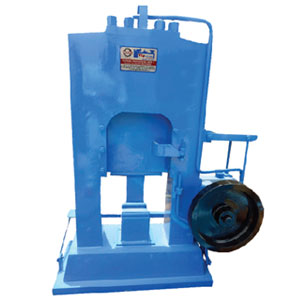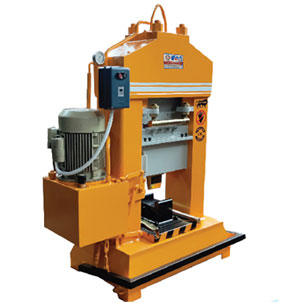Sheet Metal Machine Manufacturer in Odisha - Paradeep
Sheet metal machines are used to cut, bend, and shape sheet metal into various forms. These machines can be operated manually or by computer numerical control (CNC). In this article, we will take a look at the history of sheet metal machines and how they have evolved over time.
What is Sheet Metal ?
Sheet metal is a thin, flat piece of metal with a variety of applications. It is often used in construction and manufacturing, as it can be easily cut, bent, and formed into a variety of shapes. Sheet metal is also a popular material for arts and crafts projects, as it can be embossed, etched, or painted. The first sheet metal machines were developed in the early 1800s, and they have undergone a number of changes since then. Today, there are a variety of machines that can be used to create sheet metal products, from simple hand-operated models to complex computer-controlled machines. Whether you’re interested in learning more about the history of sheet metal machines or you’re looking for information on how to use them, this blog section has you covered.
The History of Sheet Metal Machines
The sheet metal machine is a machine that helps to cut and shape sheet metal. These machines can be operated manually or by using a computer numerical control (CNC). There are many different types of sheet metal machines, each with its own unique history. One of the earliest sheet metal machines was the shear, which was invented in the early 1800s. This machine allowed for the cutting of sheet metal with minimal distortion. It worked by clamping down the workpiece and then using a cutting blade to shear it along a predetermined line. In the late 1800s, another important sheet metal machine was invented: the power press. This machine allowed for the mass production of parts and helped to speed up the manufacturing process. The power press worked by using hydraulic pressure to stamp or punch out shapes from a sheet of metal. Today, there are many different types of sheet metal machines available, each with its own advantages and disadvantages. Some common examples include laser cutting machines, waterjet cutting machines, and plasma cutting machines. Each type of machine has its own unique capabilities and is best suited for specific applications.
How do Sheet Metal Machines Work ?
Sheet metal machines are used to cut and shape sheet metal. There are various types of sheet metal machines, each with its own unique function. In this article, we'll take a look at the history of sheet metal machines and how they work. Early sheet metal machines were manually operated and required a lot of skill to use. These early machines were used to create objects such as coins, jewelry, and armor. As time progressed, new technologies were developed that made sheet metal working easier and more efficient. One of the most important innovations in sheet metal working was the invention of the power press. This machine allowed for the mass production of sheet metal objects. The power press greatly increased the efficiency of sheet metal working and helped to lower production costs. Today, there are many different types of sheet metal machines available. These machines can be used to create a wide variety of objects, from small objects like coins to large objects like aircraft parts. Sheet metal working is an important part of many industries, such as the automotive industry, where it is used to create car parts.
Types of Sheet Metal Machines
There are a few different types of sheet metal machines that have been used throughout history. The first type is the hand operated machine, which was used to cut and shape sheet metal by hand. The second type is the power operated machine, which was used to speed up the process of cutting and shaping sheet metal. The third type is the computer numeric controlled (CNC) machine, which is used to automate the process of cutting and shaping sheet metal.
Pros and Cons of Using a Sheet Metal Machine
If you're considering using a sheet metal machine in your business, it's important to weigh the pros and cons before making a decision. On the plus side, sheet metal machines can be very fast and efficient, particularly if you have a high-volume production process. They can also be very precise, which is essential for many applications. On the downside, sheet metal machines can be expensive to purchase and operate, and they require a certain amount of skill and experience to use effectively.
Conclusion
The history of sheet metal machines is fascinating, and it's amazing to see how far they've come. From early hand-operated machines to today's advanced CNC machines, the evolution of sheet metal machines is truly incredible. I'm grateful to have been able to learn about the history of these machines, and I hope you found this article interesting and informative. If you're ever interested in learning more about sheet metal fabrication, be sure to check out our blog for more articles on the topic.






